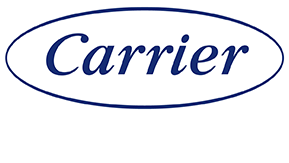Carbon Monoxide Safety Tips for Homeowners

Carbon Monoxide Safety Tips for Homeowners
Carbon monoxide is in the news more over the winter months because of tragedies. Let’s review some basics about carbon monoxide, to better inform and prepare you to keep loved ones safe.



